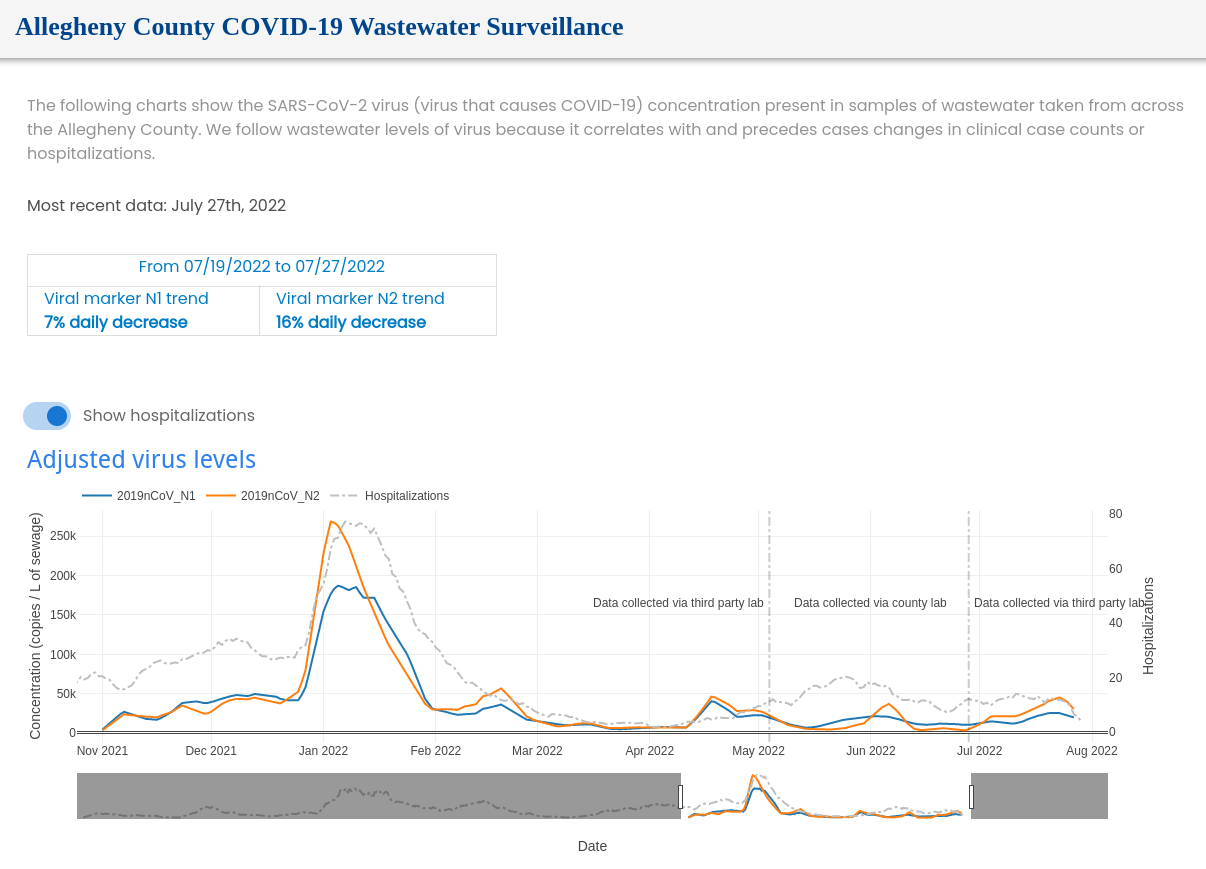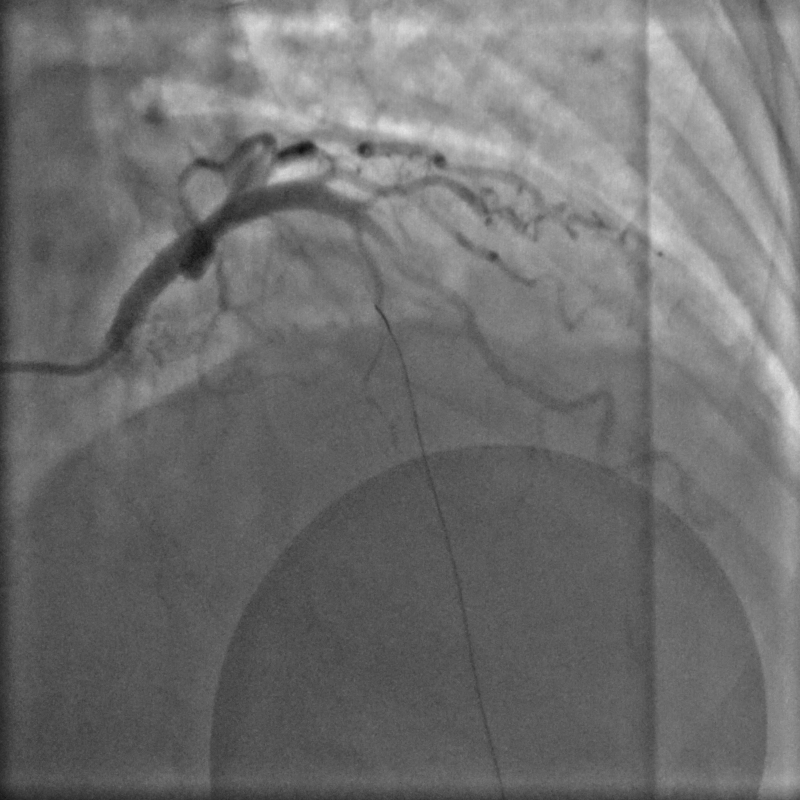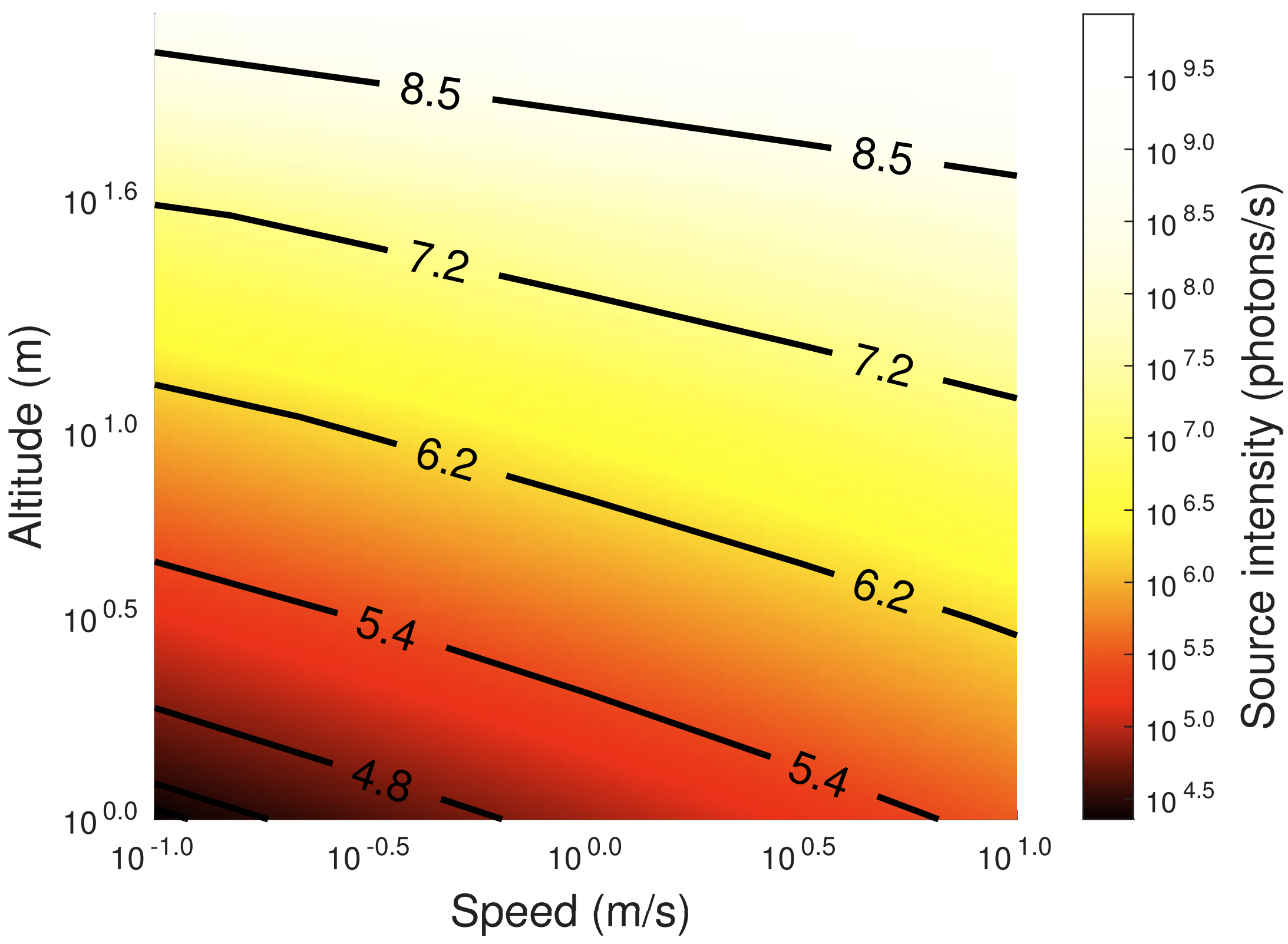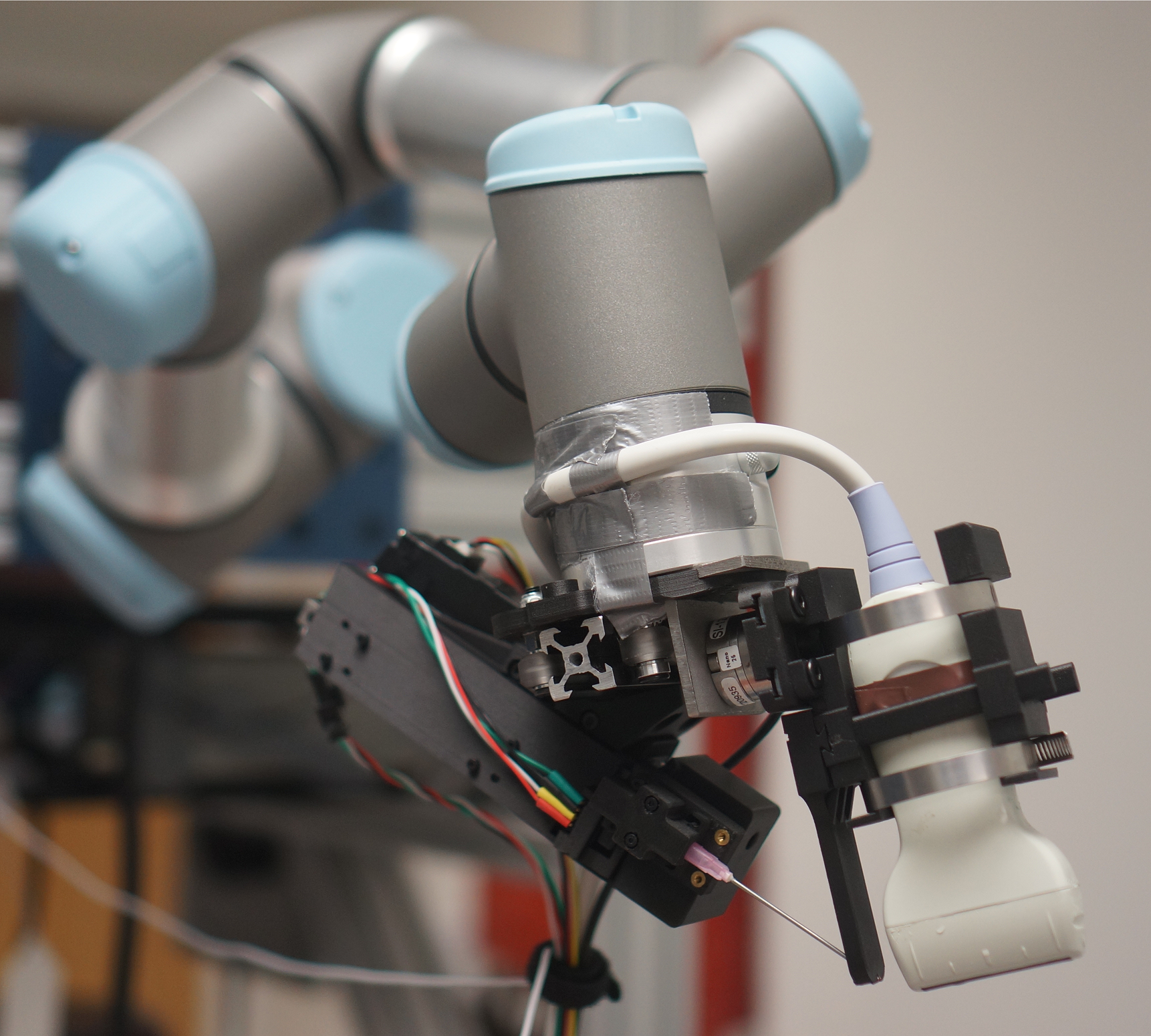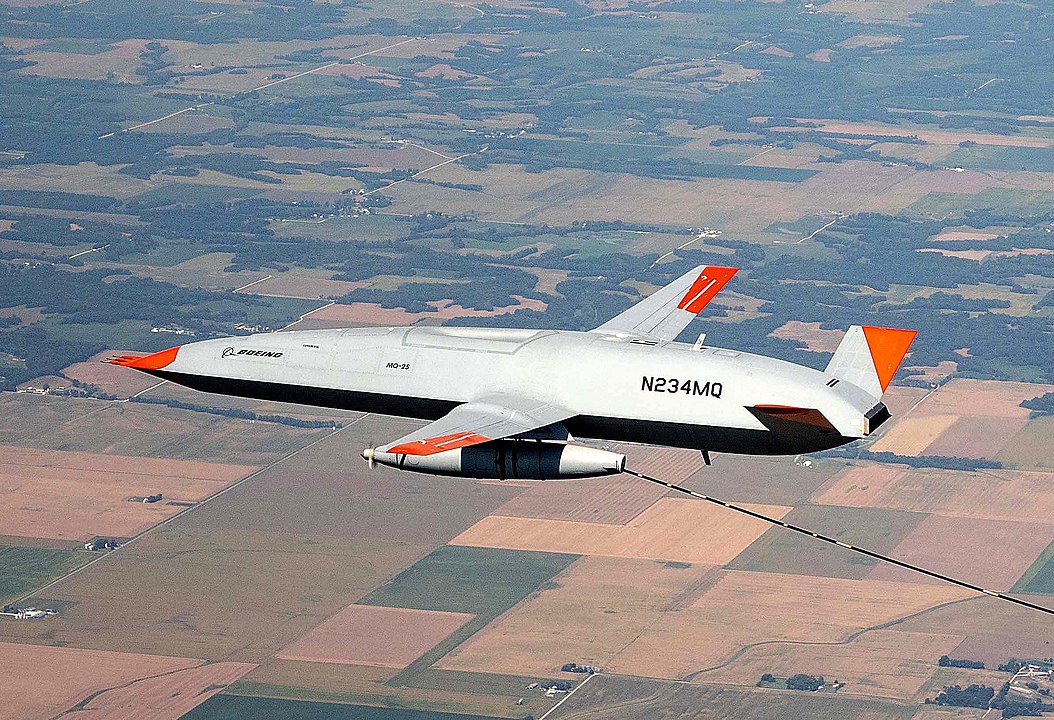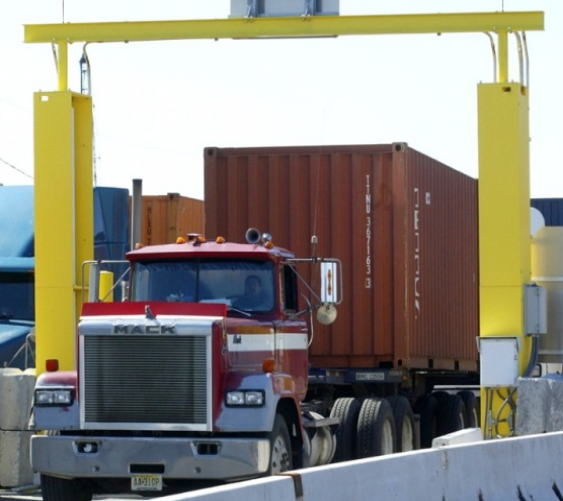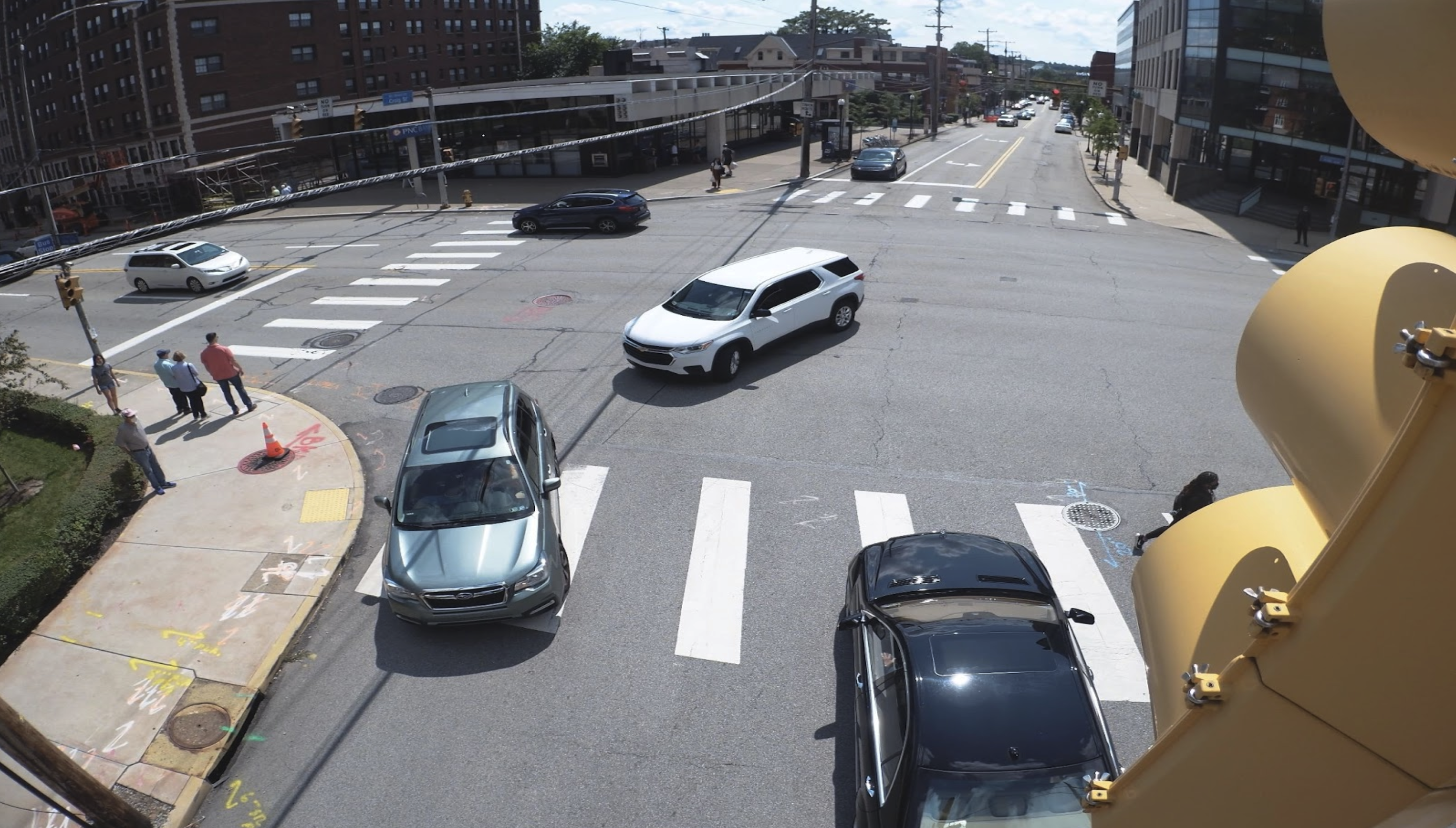At the Auton Lab, we believe that the most useful concepts in AI and ML reveal themselves through frequent exposure to domain-specific challenges and constraints.
It is these limitations that motivate us to engage creatively and think about how to address the hurdles that stand in the way of widespread, beneficial adoption of AI technology.
Our goal is to assuage these pain points to best meet the needs of potential users of AI, whether they be subject matter experts, developers of AI systems, or general users.
To get a flavor for the type of work happening at the lab, here is a selection of five broad application areas where we are applying and proving our research.
Health Care & Public Health

Research at the intersection of medicine and machine learning. The Auton Lab works closely with clinicians to identify opportunities for AI and ML to make an impact in medical practice and clinical research. Lab history of impact in healthcare applications goes back decades. Our lab aims to lead the field towards deploying AI in ways that are clinically relevant and help save lives.
Highlighted Work
Public Health and Epidemiology
We develop statistical inference models in a long-term joint research collaboration with epidemiologists and in-hospital infection prevention experts. Our algorithms simultaneously detect emerging outbreaks and identify their most likely spread pathways by joining disparate sources of information such as genetic tests of microbial isolates, patient electronic health records, and other epidemiological information. Leveraging multiple data sources, our algorithms establish corroborating evidence to support or dismiss hypothetical outbreak scenarios, both increasing detectability and speed of analysis while maintaining low false alert rates. We also perform analytics to detect and forecast new positive cases of COVID-19 using microbiological testing of wastewater and we develop a systematic analysis capability that the Allegheny County Health Department could use in daily practice for public health surveillance.
Critical Care Medicine

In a critical care environment, adverse events tend to escalate quickly, patients are monitored with increasingly powerful sensors that generate large streams of data, and the clinicians are expected to make correct treatment decisions rapidly, while facing information overload and cognitive and emotional pressure. The margin for mistakes is tight, and their consequences can be deadly. It is one of the potentially most impactful areas of meaningful application of AI, which can help sift through large volumes of data generated at the bedside of critically ill, as well as their medical histories, to quickly and reliably extract operationally useful insights to inform the clinicians, preventing them from missing important clues, and reducing their fear of drowning in the ocean of data they do not have the capacity to internalize and reliably process. Medicine, from initial incident and response to emergency room discharge or hospital admission in urban, rural, and field settings, is a challenging domain for machine learning. These incidents arise in routine emergency medicine operations as well as in large scale crises, inlcluding natural disasters, mass casualty incidents, emerging pandemics, and terrorist events, each putting unique demands and stresses on provision of the necessary care. The nature of the emergency involves unpredictability of demand for services, varying severity of cases, need for rapid assessment, and required persistent availability of stand-by resources. It puts a physical, cognitive and emotional strain on performers, exacerbating risk of human errors.
Field Medicine
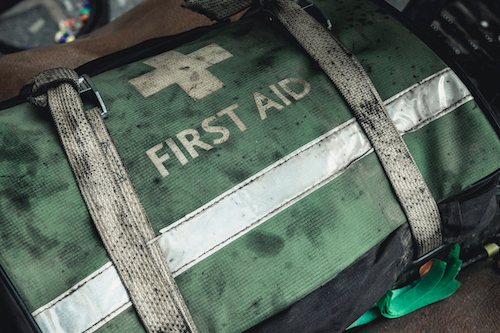
AI and robotics can be of great help assisting emergency medicine workers from the initial medical intervention at the incident site, through evacuation or transportation, to hospital admission or discharge. Either supporting triage of casualty cases using machine learning driven assessment of severity of their condition, or using robotic devices to automate routine tasks such as needle insertion for venous fluid resuscitation, or automatically stabilizing resuscitated patients while they await more comprehensive treatment at the appropriate healthcare facility, we are developing AI and robotics solutions to support field medicine. The attainable positive impact includes empowering medics to save more lives and scaling up scarce field medicine resources. The beneficial applications include combat field care, responding to traffic or massive casualty accidents, natural disasters, or rescuing subjects who are stranded, injured, wounded or ill in austere, remote or inaccessible locations.
Biomedical Imaging
The proven ability of AI to learn from images encounters new challenges in biomedical imaging modalities, primarily due to a large amount of variance between individual patients due to both differences in their anatomical structure and differing definitions of health for distinct cohorts of patients. Furthermore, medical images and videos contain rich information and potential that has yet to be fully unlocked in clinical applications. Our work in this area focuses on supporting expert decision-making in order to improve clinical outcomes.
AI x Natural Sciences & Knowledge Discovery
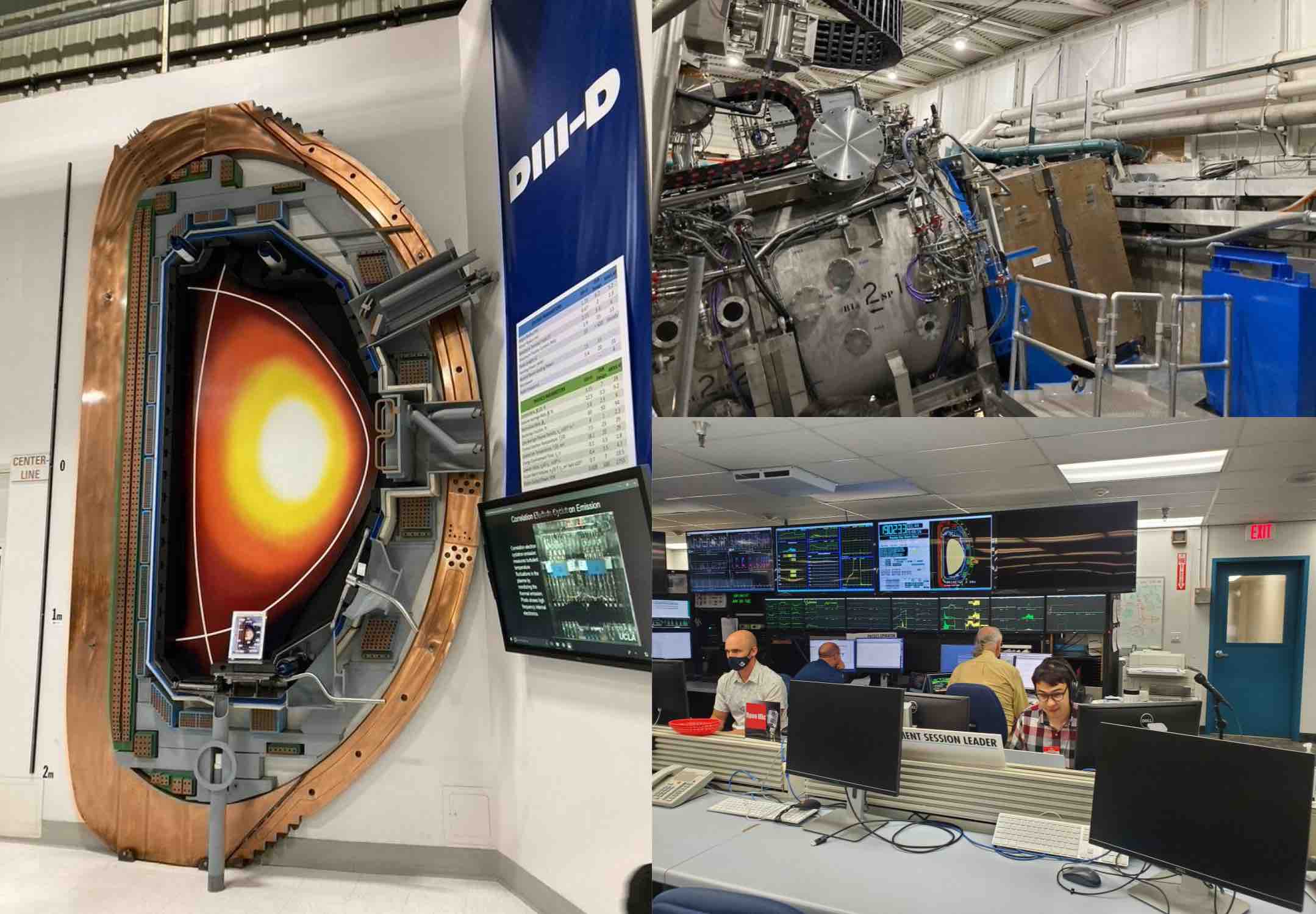
How can we immerse AI solutions in well-established fields of science and engineering to benefit them from the promise of AI? Automation can increase throughput and efficiency of processing vast amounts of data that informs scientific thinking. Assisted discovery can accelerate the scientific process. Among many interesting challenges that occur at the intersection of AI and fundamental sciences is the need to bridge the gap between data-driven policy and empirical science. Natural sciences evolve as our collective understanding of the universe increases, therefore it is important to ensure that AI can leverage this ever-increasing knowledge. We wish for it to be able to absorb it in its native declarative form while still being able to corroborate and contextualize these fundamental concepts using the currently prevalent AI process of learning from data.
Highlighted Work
Cosmology
Nature may resist a simple description, and the most important discoveries of the next century may be complex theories with countless variables and parameters. The era of big data opens up a promising new approach to scientific discovery. We develop statistical and machine learning methods for using observed and simulated data to advance cosmology. For instance, Bayesian Optimization based active-learning methods can accelerate both the execution of the cosmological simulations and the search for best-fitting parameters that describe the observed data. Many cosmology and other science applications require AI methods that can operate on complex objects such as functions, distributions, sets, or point clouds. The goal of this line of our work is to make fundamental contributions in machine learning, statistics, and cosmology, and then apply them to other natural sciences.
Physics
Physics-informed machine learning can build good models faster and/or with less evidence from data. Auton Lab works with physicists to make fundamental contributions to physical science, ranging from reinforcement learning for plasma control policies in nuclear fusion to high fidelity synthetic data generation governed by the laws of physics.
Chemistry
In applications such as molecule design or drug discovery, it is desirable to have an algorithm which recommends new candidate molecules based on the results of past tests. The resulting molecules first need to be synthesized and then tested for objective properties. Auton Lab developed ChemBO, a Bayesian optimization framework for generating and optimizing organic molecules for desired molecular properties.
Robotics & Autonomous Vehicles
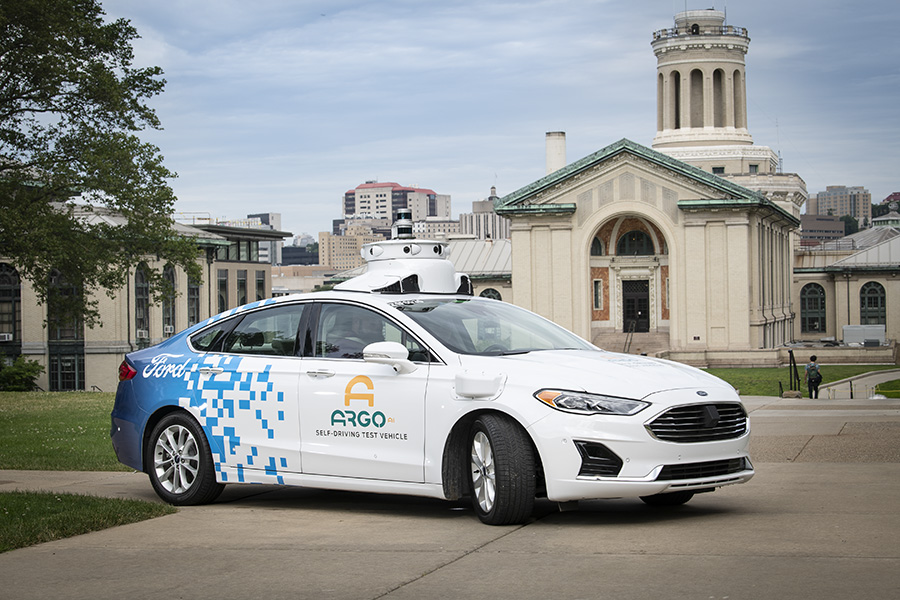
Auton Lab research on robotics systems spans perception, cognition, and actuation. Current application domains for our robotics research include autonomous trama care robots as well as autonomous vehicles.
Highlighted Work
Autonomous Vehicles
Auton Lab makes significant contributions to autonomous vehicle technology ranging from reinforcement learning tools for motion planning to developing systems to deploy the technology in the real world.
Automated Medicine
Systems that operate in clinical theaters take many forms. Our work ranges from technology that enables physical robots to perform safe needle insertion into veins or arteries, to devices that measure vitals of patients in intensive care and forecast future episodes that might require emergency care, to new types of sensors that help quantify the state of health of human subjects. We also develop systems for closed loop control of medical procedures such as fluid resuscitation, and tools for assessing quality of data collected at the bedside and monitoring reliability of healthcare equipment.
Autonomous Flight
When using reinforcement learning in safety-critical applications, robustness, the probability of an agent not landing in irreversible and catastrophic states (i.e. collision), plays a crucial role in determining product viability. However, as an agent's performance improves, it becomes rare to encounter and collect data on the long tail of scenarios in which the agent does poorly, hence resulting in the remaining 10% of the scenarios being significantly more difficult compared to learning to solve the first 90% of the scenarios. Our work focuses on using curriculum learning and genetic algorithms to sample-efficiently train an RL agent against the long tail of scenarios.
Safety & Security

Our projects in this application area represent a variety of critical contexts for artificial intelligence and machine learning that are collaborations with industrial and government sponsors at the local, state, and federal level. In addition to deploying intelligent systems, part of the work in this context is defining ways to modernize existing processes to produce data that is AI-ready.
Highlighted Work
Predictive Maintenance of Equipment

AI-driven Predictive Maintenance research in the Auton Lab focuses on applying artificial intelligence to assess the health of complex, critical systems such as aircraft, spacecraft, automobiles, or biological systems. With two decades of experience in this field, we focus on reducing risks of unforeseen issues, reducing false positives in problem detection systems, and forecasting future failures of individual components as well as complete systems. Common challenges include harnessing multi-modal data from disparate sources (e.g., textual maintenance records describing failures and corrective actions, combined with parametric time series data from sensors), severe class imbalances, since critical failures are usually very rare, censored labels, and a general sparsity of labeled data. To overcome these challenges, we work closely with end users and subject matter experts and use active and weak learning strategies, we apply advanced time series analyses to forecast component failures, and use anomaly detection methods to discover unexpected systematic issues affecting fleets of approximately homogeneous equipment.
Radiation Safety
We develop algorithms for both detection and decision support for radiation threat identification. Using our flagship Bayesian Aggregation framework designed for source detection and characterization in noisy environments, we build fast and efficient tools for enhanced situational awareness in safety applications. We develop models for harnessing data collected with mobile and stationary radiation sensors. Some of our tools are integrated in systems deployed to protect our borders from undocummented transportation of radioactive materials. Our research in this area focuses on robust methods, multi-sensor and multi-modal data fusion, and decision support infrastructure for rapidly processing radiation sensor alerts in the presence of substantial background radiation noise.
Traffic & Public Safety
Using traffic cameras placed around the city of Pittsburgh, we are working to identify anomalous vehicle and pedestrian trajectories. Erratic behavior may be a sign of health issues as a driver, walker or cyclist, or a result of reckless driving that endarges other participants of the city traffic.We aim to identify systematic yet correctable patterns of unexpected behaviors that may reduce safety, and inform city planning and redesign of traffic routes Discovering handicapped persons attempting to cross the street could be used to trigger a change of traffic lights at the intersection.
Time-series Intelligence
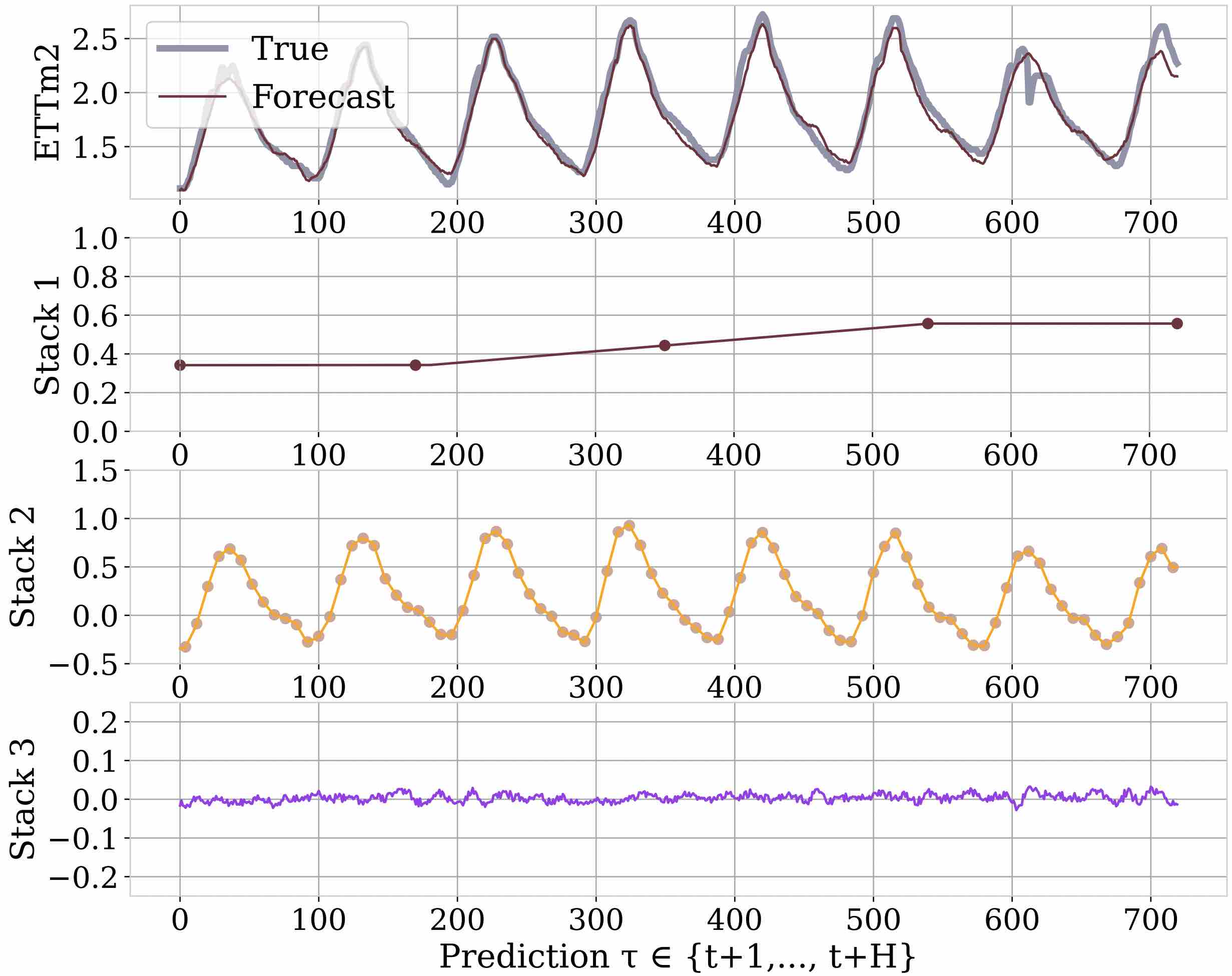
We frequently encounter time dependent, sequential data of observations prior to an event of interest. The structure of this data can vary wildly, from structured but haphazardly sampled observations, high frequency, multivariate sensor data, or video data. We are interested in using this data to predict future events, detect anomalies, quantify risks, and explain anomalies.
Highlighted Work
Econometrics
Combining stock price data with mentions of a particular company to determine whether company owners or investors are engaged in fradulent activity. Forcasting pricing and emerging trends.
Survival Analysis
Estimation of efficacy of intervention involves working with continuous time-to-event outcomes, such as time-to-failure. Discovery of what groups are most responsive to which actions may be difficult to ascertain due to censoring. This application area targets health of complex systems, whether they be critical equipment, or humans.
Electronic Health Records and Insurance Claims
Learning from charging patterns at different hospitals to identify anomalous, fradulent activity. Identifying changes in treatments over time as well as emergent trends such as outbreaks of new diseases.

